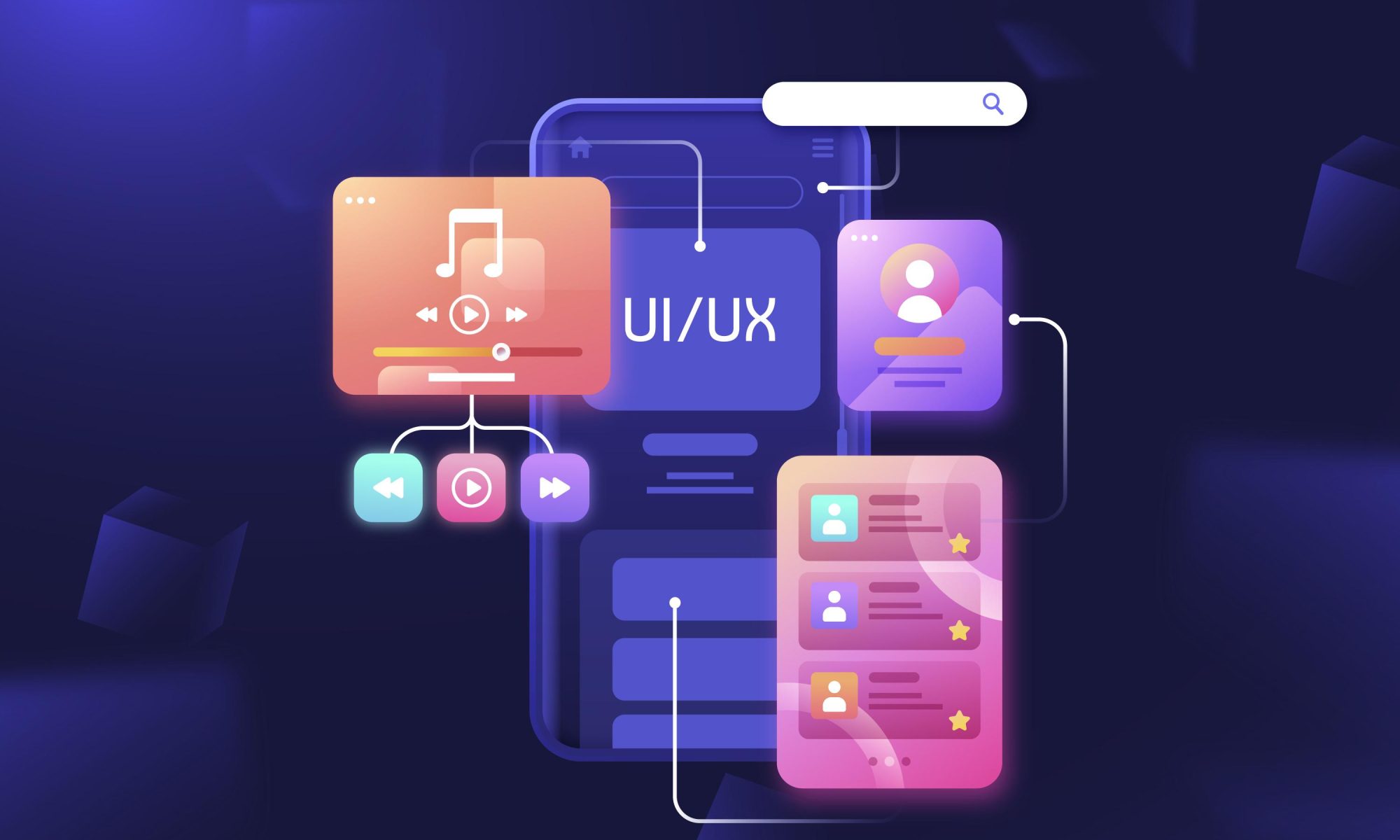The world of mobile app development is constantly evolving, with user experience (UX) and user interface (UI) design taking center stage. In this dynamic landscape, Generative AI is emerging as a powerful ally for developers, revolutionizing how Android apps are conceived, designed, and brought to life. From intelligent layout generation to instant design asset creation and even prototyping entire app flows, AI tools are streamlining workflows, boosting creativity, and ultimately, accelerating time to market.
Beyond the Blank Canvas: AI-Powered Layout Generation
Gone are the days of starting every UI design from scratch. Generative AI tools are now capable of analyzing vast datasets of successful Android app designs, understanding design principles, user behavior patterns, and even current trends. This enables them to:
- Suggest Initial Layouts: Based on your app’s purpose and key features, AI can propose multiple layout variations, offering diverse approaches to screen organization and element placement. This provides a valuable starting point, saving designers countless hours in initial brainstorming.
- Optimize for Usability: AI can predict how different layouts might impact user interaction and suggest adjustments to improve navigability and ease of use. It can even account for varying screen sizes and device types, ensuring a truly responsive design.
- Iterate Rapidly: With AI generating design variations, developers and designers can quickly iterate on ideas, testing different visual hierarchies and user flows without extensive manual effort.
Automating Aesthetics: Generating Design Assets with AI
Creating high-quality design assets – icons, illustrations, custom components, and color palettes – is often a time-consuming aspect of UI/UX design. Generative AI is transforming this by:
- Creating Custom Icons and Illustrations: With simple text prompts, AI can generate unique icons and illustrations that perfectly match your app’s aesthetic and branding. This eliminates the need for extensive searches on stock platforms or hiring dedicated illustrators for every small asset.
- Intelligent Color Palette Generation: AI can analyze your brand guidelines or a specific image and suggest harmonious color palettes, complete with hex codes and accessibility checks. This ensures visual consistency and adherence to design best practices.
- Generating Thematic Elements: For specific app themes, AI can generate a suite of related design elements, maintaining a cohesive visual identity across the entire application.
Bringing Concepts to Life: Prototyping Entire App Flows
Perhaps one of the most exciting advancements is AI’s ability to assist in prototyping entire app flows. This moves beyond static mockups to interactive experiences that truly simulate user journeys.
- From Text to Interactive Prototypes: Imagine describing a user journey (“User logs in, browses products, adds to cart, and checks out”) and having AI generate a clickable prototype with the corresponding screens and transitions. Tools are emerging that can translate natural language descriptions into functional app prototypes.
- User Flow Optimization: By analyzing simulated user interactions within the AI-generated prototype, developers can identify potential friction points or confusing pathways and receive AI-driven suggestions for improvement.
- Faster Stakeholder Feedback: Interactive prototypes allow stakeholders to experience the app’s flow firsthand, leading to more meaningful feedback earlier in the development cycle and reducing costly revisions down the line.
The Human Touch Remains Paramount
While Generative AI offers incredible capabilities, it’s crucial to remember that it’s a tool to augment, not replace, human creativity and expertise. The role of the mobile app developer in Dubai evolves from purely executing designs to strategically leveraging AI and refining its outputs. The mobile app development company in Dubai that embraces this synergy will be at the forefront of innovation.
Experienced UI/UX designers, custom app developers in Dubai, and app development company in Dubaiprofessionals will continue to be vital in:
- Defining the core user needs and business objectives.
- Providing the initial creative vision and strategic direction.
- Refining AI-generated outputs to ensure brand consistency and emotional appeal.
- Conducting user testing and incorporating real-world feedback.
- Injecting the unique “human touch” that differentiates truly exceptional apps.
Looking Ahead
Generative AI is not just a passing trend; it’s a fundamental shift in how we approach Android UI/UX design. By embracing these powerful tools, mobile app development companies in Dubai can unlock new levels of efficiency, creativity, and user satisfaction, building the next generation of intuitive and engaging mobile experiences for the global market. The future of Android app development is collaborative, with AI and human ingenuity working hand-in-hand to craft digital masterpieces.




